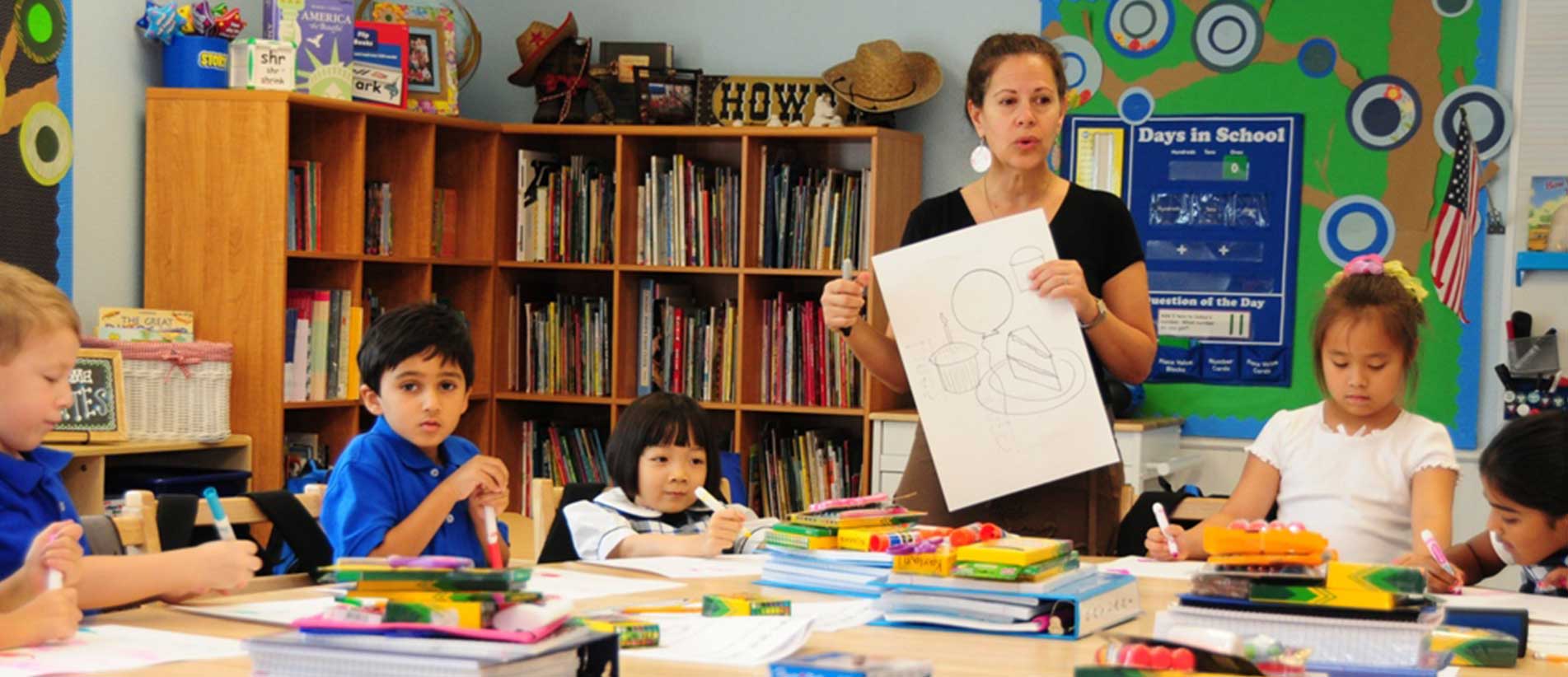September 15, 2015
The Guthrie School Prides Itself on Maintaining Small Class Sizes.
Reducing class size to advance student achievement has been tried, debated, and analyzed for decades. On its face, the premise is logical: with fewer students to teach, teachers can better accommodate individual student needs, foster personal connections with their students, and ultimately, can help each student realize their fullest academic potential. Multiple studies have scientifically confirmed this premise. In the aggregate, studies have found:
- When class size reduction programs are well-designed and implemented in the primary grades (K-3), student achievement rises as class size drops;
- A class size of no more than 18 students per teacher is required to produce the greatest benefits;
- The experience and preparation of teachers is a critical factor in the success or failure of class size reduction programs; and
- Supports, such as a rigorous curriculum, enhance the effect of reduced class size on academic achievement.
- Smaller classes can benefit all students in terms of individual, active attention from teachers, but lower achieving pupils particularly benefit from small classes.
- If placed in large classes, evidence shows that students are more prone to go off task and teachers spend teaching time bringing them back on task instead of teaching.
- Longer exposure to small classes in the primary grades (K-3), produces higher levels of achievement for low, medium, and high achievers in grades 4-8. In other words, additional years in small classes in early grades result in benefits in achievement in later grades for all students. 1

The Guthrie School prides itself on maintaining small class sizes, employing qualified educators, and teaching carefully crafted curriculum to ensure our students receive the highest quality education possible. Indeed, students at The Guthrie School enjoy:
- An overall student-to-teacher ratio of 5:1 and an average class size of 15, compared to the 23:1 ratio in the Dallas Public School system during the 2014-2015 school year;2
- An impressively qualified core teaching staff, over 80% of whom have obtained a Master’s Degree in education;
- A challenging curriculum that pushes students to learn material one full grade level above their same-age peers educated elsewhere.

1 For more information about the various studies, visit: Center for Public Education; ClassSizeMatters.org; Michigan State School of Education.
2 To learn more about the class sizes in the Dallas Public School System, visit: DISD






